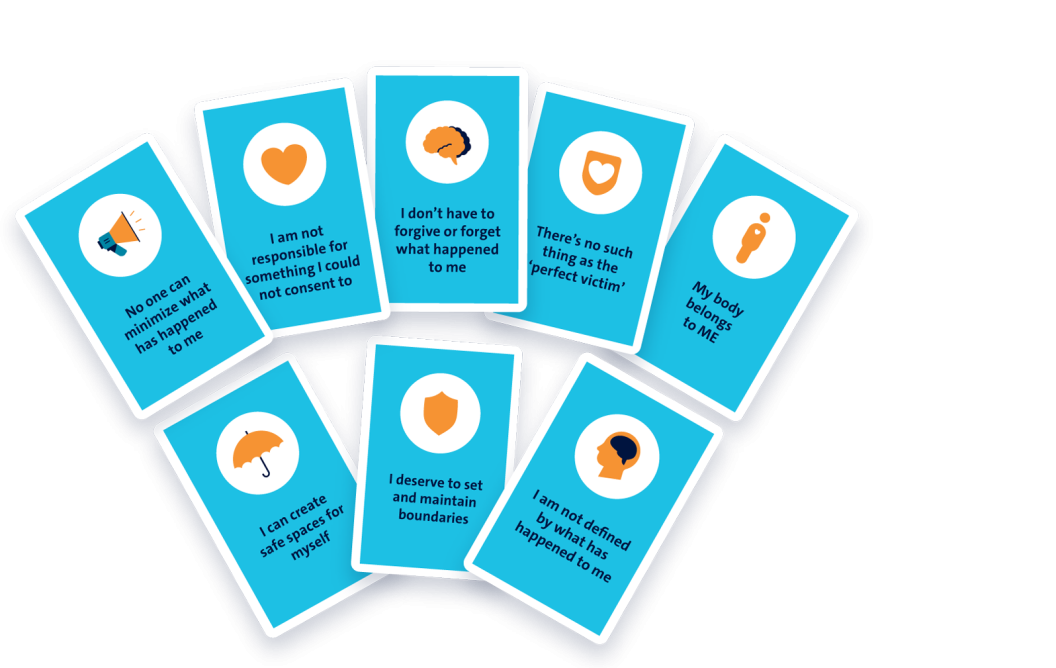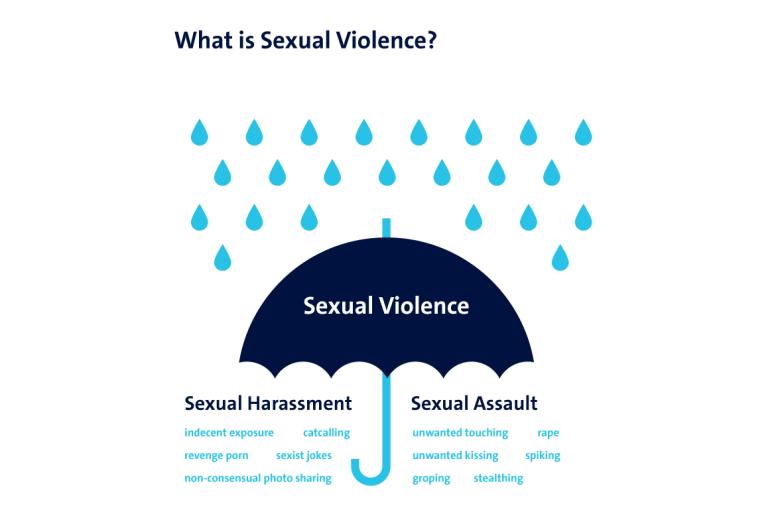Quick help
Have you or someone close to you experienced a form of sexual violence or harassment? We stand by your side to support you.
Violating someone’s boundaries and abusing their trust is unacceptable. Regardless of the situation, it is never your fault if that happens. The university is here to support you, whether you need practical help or a sympathetic ear.
You can find a brief overview of your options below. If you are in danger, call 112.
We are continuously working on the information on this page; if you have any comments or suggestions, please contact us at sexualsafetyum@maastrichtuniversity.nl.
Support
for UM Students
There are a number of different places you can access support within the university.
The Social Safety Team for Students is always ready to listen. They are an independent body and you can share your story with them in confidence. The team can assist you with your concerns or problems, as well as with making a report or complaint.
If you are struggling emotionally following an experience of sexual violence, you can contact a UM psychologist to talk and to access mental health support.
And if your ability to study has been affected, get in touch with your study advisor. They will talk through your concerns and possible next steps with you.

for UM Staff
If you have a problem or want to make a report or complaint, our independent Social Safety Team for staff can provide help and support.

External support
Sexual Assault Center (CSG)
The Sexual Assault Center is a good first call or point of contact if something bad has happened. Their team of experts can offer support and practical help, including in making a police report. Want to know more about preserving evidence? Take a look at the CSG’s information sheet. You can call the Sexual Assault Center anonymously and for free on 0800 0188.
Police Limburg - Sexual Offences Team
The Sexual Offences Team investigates sexual offences, takes reports, provides information, and offers referrals. Contact them by email or by phone during office hours at 088 168 9289 and after office hours at 0900 8844.
GGD Zuid Limburg
The GGD Zuid Limburg is a public health service provider where you can access discreet and confidential STD testing. If you are a man who has sex with other men, you can also request a self-testing kit here
SENSE
SENSE is a knowledge base that provides wide-ranging information on sex. You can also find specific information about pregnancy, the morning-after pill (Plan B), abortion, and contraception here.

What is sexual harassment?
Sexual harassment refers to sexually loaded advances and behaviour that the person it is directed towards experiences as unwanted and intimidating. Often, this is behaviour that makes you feel unsafe – for example because it is humiliating, insulting, or hurtful. For example, it might be someone:
- Making dirty jokes or sexually loaded comments about you
- Asking you invasive questions about your sex life, such as whether or not you’re a virgin
- Telling you an explicit story about their own sex life
- Making sexual comments on your social media posts
- Using social media to spread sexually loaded content, whether publicly or via a direct message
- Calling you a slut or a whore
- Pushing or provoking you into talking about sexual matters
- Pressing you for romantic dates or hookups, even after you have said no
- Messaging you sexual images
- Using social media to spread sexually loaded content, whether publicly or via a direct message
- Making suggestive gestures as you walk by
- Giving you a shoulder massage without warning
- Standing too close behind you
What is sexual assault?
Sexual assault refers to a situation in which someone is subjected to a sexual interaction without their consent and under duress. This may be a physical activity, but it doesn’t need to be. Some examples are:
- Non-consensual penetration or attempted penetration, generally referred to as rape (using force or the threat of force to insert a penis or object in the vagina, anus, or mouth)
- Attempted non-consensual penetration (attempted rape)
- Non-consensual sexual touching, such as touching someone’s breasts, crotch, or bottom, or kissing, fondling, or rubbing up against someone in a sexual way.


